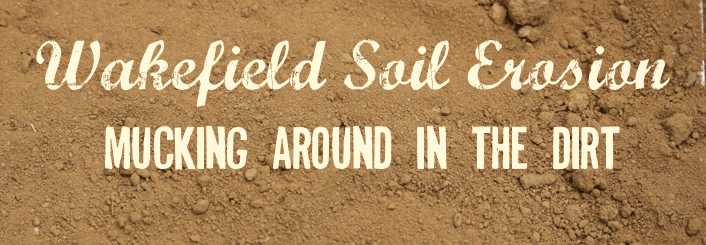Vocabulary
- Rill- A path made by rain when transporting soil.
- Sedimentation- rocks and minerals in soil.
- Rain intensity- the rate at which rain falls and how much.
- Soil texture- The type of soil (sand, clay, silt)
- Velocity- The speed and force of an object.
Reflection
The past 2 weeks my class has been learning about soil erosion. We learned the types of soil erosion, how can change the environment and what people are doing to stop soil erosion.
There are many types of soil erosion some of them are showed on the image above. The rills are a path formed by water when it runs over soil making a path. Over time some rills can become gullies which is a bigger verson of a rill.
Soil erosion is not good for the environment. Many people may not think that soil erosion many not be a big deal. Soil erosion realy has a big effect on the fish and other things that live in the water that has been a part of soil erosion. When the soil is in the water it covers the skin of the water and keeps the plants and fish from getting light and that makes less food for the fish that eats them. The more heavy dirt and minerals will go under the water and it will get in the gills of fish making it hard for them to breath. This can effect the food chain in the long run.
So far people have done many things to slow down or stop soil erosion. The best way to stop soil erosion is to plant grass and other plants.
Questions
- What is the main difference between a rill and a gullie?
- What is the best type of soil for plants? (loam, sand, rock, clay)
- How is a rill formed and what does it do?




No comments:
Post a Comment